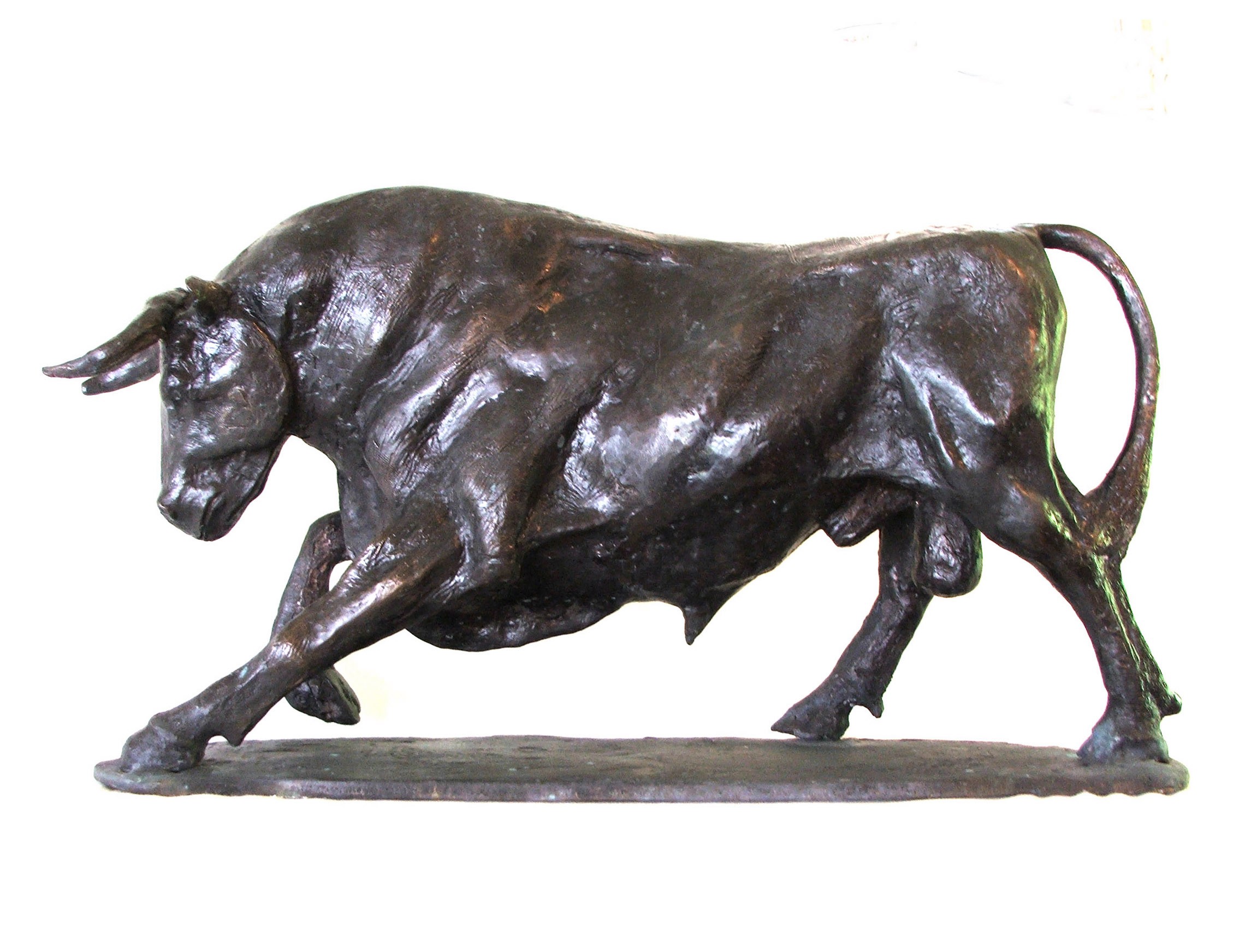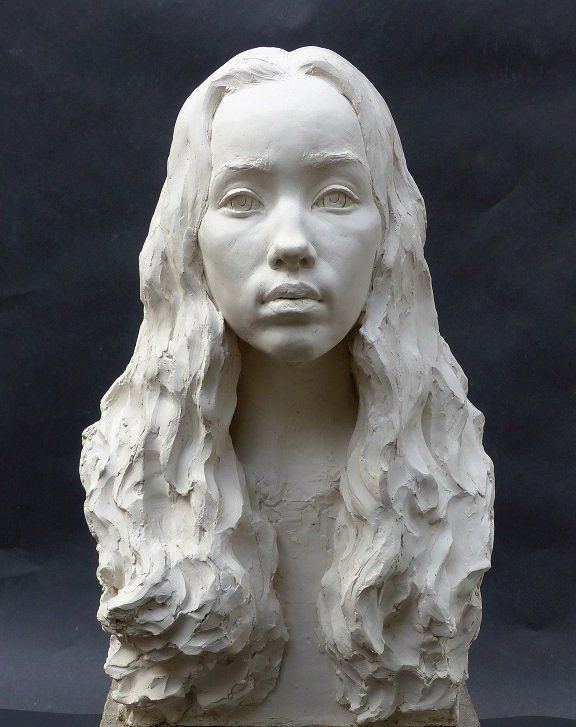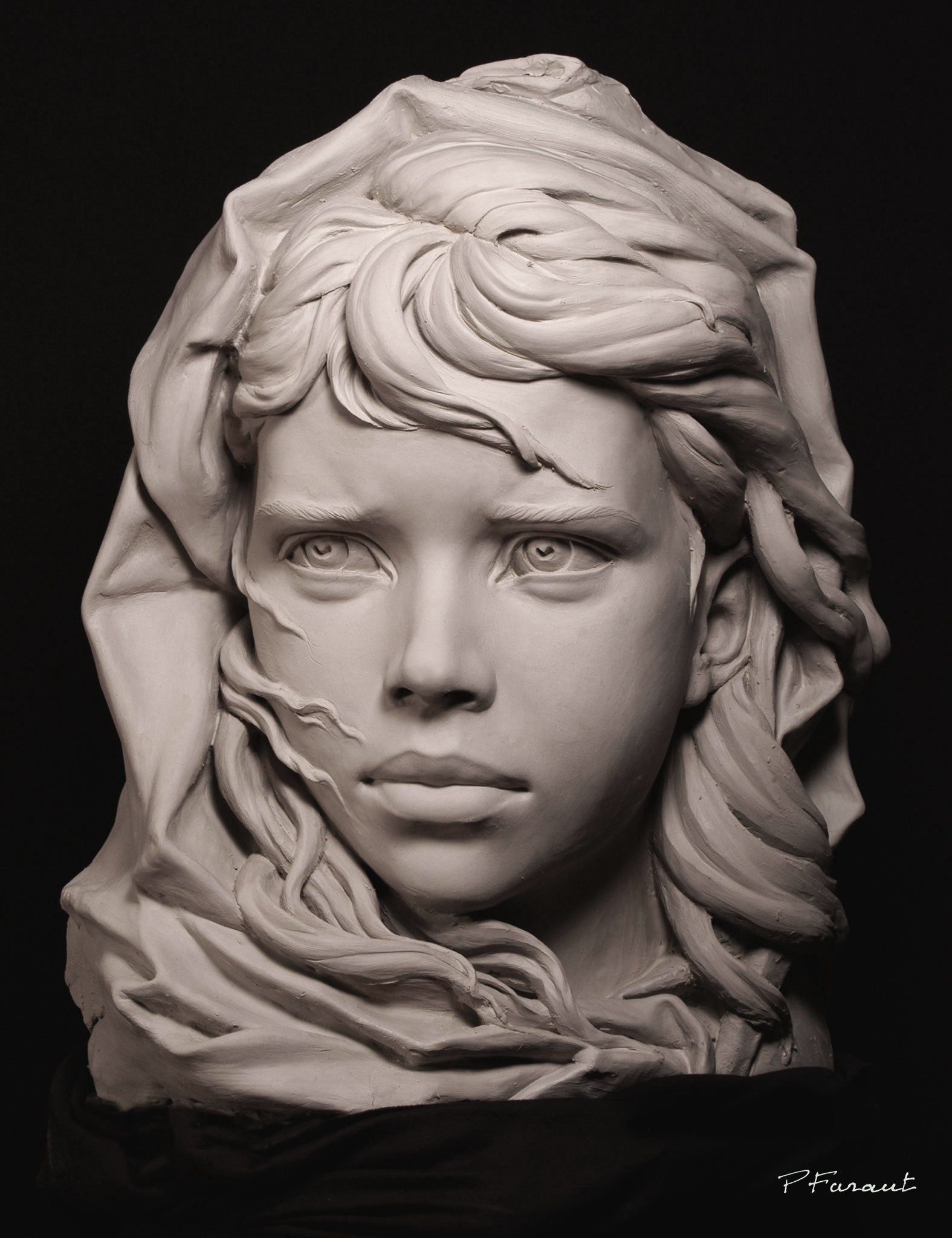The Advancement of Sculptures: From Ancient to Modern
The Evolution of Sculptures: From Old to Modern.
Sculpture, among the oldest kinds of art, has been an essential component of human people for centuries (Portrait Sculptor). From the old people of Egypt and Greece to the modern-day period, sculptures have evolved, reflecting adjustments in imaginative strategies, materials, and cultural influences. This journey through time traces the growth of sculptures, checking out the shifts stylishly, subject, and artistic expression
Starting with the old globe, sculptures crafted from rock and later bronze caught the essence of divine beings, leaders, and day-to-day life. The Renaissance duration experienced a rebirth of classical sculpting strategies, as artists sought to replicate the elegant forms of ancient Greek and Roman sculptures. In the modern-day era, musicians challenged conventional boundaries, accepting abstraction and testing with new materials.

This exploration will certainly delve right into the diverse advancement of sculptures, disclosing the rich tapestry of artistic expression throughout different durations and societies.
Old Sculptures: From Stone to Bronze
Old sculptures transitioned from being carved out of rock to being cast in bronze. This shift marked a substantial development in the art of sculpture, enabling greater improvement and information in the completed jobs. Rock sculptures, while outstanding in their very own right, were limited by the nature of the material. Stone needed comprehensive sculpting and shaping, typically leading to a much more simplified representation of the topic.
The intro of bronze as a tool for sculptures caused a revolution in artistic expression. Bronze supplied sculptors the opportunity to produce detailed and natural forms that were not feasible with rock. The process of casting bronze allowed for the creation of multiple copies of a sculpture, allowing wider circulation and preservation of these creative work of arts.
The change from rock to bronze likewise saw a change in the subject matter of sculptures. While stone sculptures primarily shown gods, sirens, and mythological numbers, bronze sculptures began to show a wider variety of subjects, including everyday individuals and pets. This development of subject showcased the convenience and adaptability of the bronze medium.
Renaissance Rebirth: Sculpting in the Classical Style
The Renaissance rebirth of sculpture observed a revival in the classic design, structure upon the advancements made during the transition from stone to bronze in old sculptures. During this duration, artists sought to recreate the classical visual and suitables of charm that prevailed in ancient Greek and Roman sculptures.
Among the crucial features of the Renaissance rebirth was the emphasis on naturalism and the human type. Artists like Donatello and Michelangelo strove to capture the physiological details and expressions of their subjects with extraordinary accuracy. They examined the body and included their observations into their sculptures, resulting in sensible and realistic depictions.
Another important aspect of the Renaissance resurgence was the exploration of point of view and deepness. Artists utilized techniques such as contrapposto, where the weight of the body is moved to one side, developing a sense of movement and dynamism. They also explore different products, including marble and bronze, to accomplish a degree of sophistication and details in their sculptures.
The timeless style of the Renaissance revival had a profound impact on later periods of art, acting as a foundation for the development of Western sculpture. It brought a renewed recognition for the beauty and majesty of the human type, and its tradition can still be seen in modern sculptures today.
Modernism and the Avant-Garde: Damaging Conventional Limits

One of the crucial features of modernist sculpture was the emphasis on abstraction. Artists moved away from realistic depictions and instead concentrated on recording the significance of the topic with streamlined types and geometric forms. This departure from traditional representation permitted musicians to express their feelings and concepts in a much more subjective and personal way.
In addition, the avant-garde activity tested societal norms and conventions, encouraging musicians to experiment and press the boundaries of their art - Contemporary Sculptures. Sculptors started incorporating unusual materials such as located objects, industrial products, and also all-natural aspects into their work. This exploration of brand-new products and techniques not only increased the opportunities for sculpture but also challenged the traditional notions of what might be thought about art
Contemporary Sculptures: Exploring New Products and Concepts
With a concentrate on discovering new products and ideas, modern sculptures have revolutionized the area of art. Artists today are pressing the limits of conventional sculpture by making use of innovative materials and trying out with abstract principles. These sculptures test standard concepts of definition, form, and materiality, welcoming viewers to take part in a new and provocative artistic experience.
Contemporary carvers are accepting a wide variety of products, consisting of plastic, glass, metal, and also organic matter. Equine Sculptures. They are not restricted to the conventional medium of rock or clay, permitting greater freedom of speech and experimentation. This shift in the direction of unconventional materials has actually opened brand-new possibilities for musicians to develop sculptures that are vibrant, interactive, and aesthetically striking
Along with exploring brand-new products, contemporary sculptures additionally explore facility and abstract principles. Musicians are now discovering styles such as identity, social issues, and the setting, using sculpture as a powerful tool for social discourse and self-contemplation. These sculptures challenge audiences to believe seriously and involve with art on a deeper level, sparking conversations and provoking emotional reactions.
Worldwide Impacts: Sculptural Practices From Worldwide

In ancient Egypt, sculptures were developed mainly for spiritual and funerary functions. The renowned sculptures of gods and pharaohs, such as the Great Sphinx and the breast of Queen Nefertiti, display the Egyptians' mastery of rock carving and their belief in the afterlife.
In old Greece, sculpture reached its top during the classical duration. Influenced by the ideals of harmony, beauty, and proportion, Greek sculptures emphasized the human form and celebrated the success of athletes, gods, and heroes. The famous sculptures of Aphrodite of Knidos and the Discobolus exemplify the Greeks' quest of perfection in sculptural art.
In old Rome, sculpture served both political and artistic purposes. Bronze Sculptures. Roman sculptures frequently shown emperors, generals, and mythical figures, mirroring the power and grandeur of the realm. The marble sculpture of Augustus of Prima Porta and the monumental Arch of Constantine are noteworthy instances of Roman sculptural accomplishments
Eastern sculptural traditions, particularly in India, China, and Japan, have also had a profound influence on the evolution of sculptures. Indian sculptures, such as the intricately carved temples of Khajuraho and the gigantic statues of Buddha, display a rich combination of religious, mythological, and building elements. Chinese sculptures, identified by their great workmanship and interest to detail, commonly represent deities, animals, and legendary numbers. Japanese sculptures, affected by Buddhism, highlight simpleness and peace, seen in the serene statuaries of Buddha and the stylish art of bonsai.
The international influences on sculpture remain to progress in the modern period. Artists today draw inspiration from various sculptural traditions, including brand-new materials, methods, and concepts to produce thought-provoking and innovative art work. The combination of different cultural influences has given surge to a diverse and dynamic sculptural landscape, reflecting the interconnectedness of our global culture. As we look to the future, it is certain that the global influences on sculpture go to these guys will certainly remain to form and redefine this ancient art type.
Final Thought
In final thought, the evolution of sculptures has actually seen a shift from ancient rock and bronze functions to the classic resurgence throughout the Renaissance. This was followed by the breaking of traditional boundaries via innovation and the avant-garde activity. Today, modern sculptures discover brand-new products and concepts, while also drawing ideas from international sculptural practices. The journey of sculptures reflects the ever-changing imaginative expressions and cultural influences throughout history.
From the old people of Egypt and Greece to the contemporary era, sculptures have advanced, showing changes in artistic techniques, materials, and social influences.Beginning with the ancient world, sculptures crafted from rock and later on bronze recorded the essence of divine beings, rulers, and day-to-day life.Ancient sculptures transitioned from being carved out of stone to being cast in bronze. While stone sculptures primarily depicted gods, sirens, and mythological numbers, bronze sculptures began to mirror a broader array of topics, consisting of day-to-day individuals and animals.In conclusion, the evolution of sculptures has actually seen a change from old stone and bronze works to the timeless resurgence throughout the Renaissance.